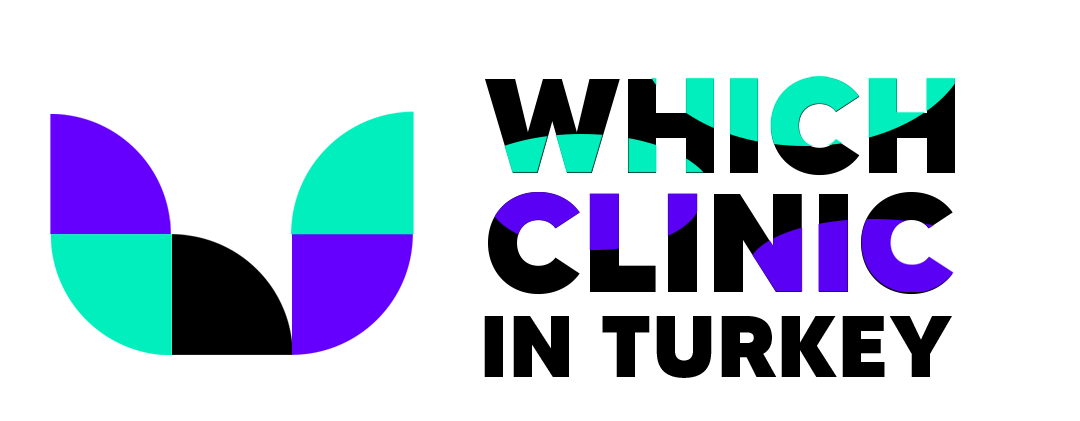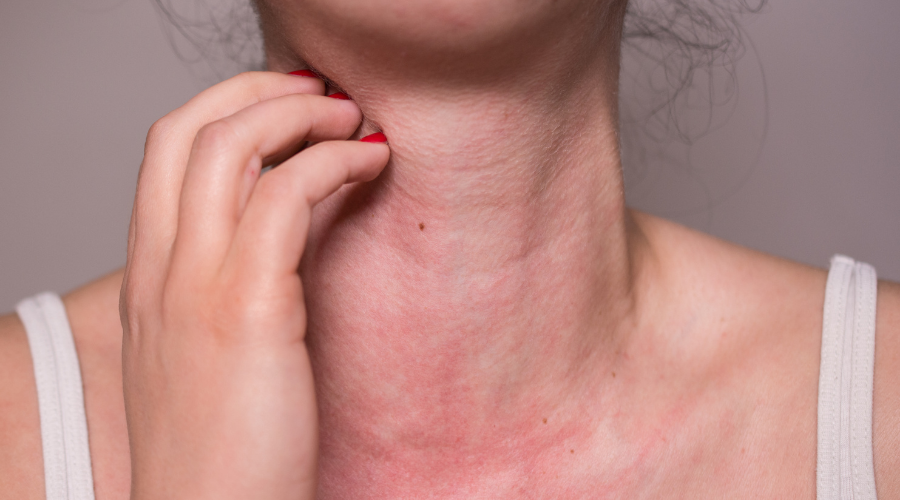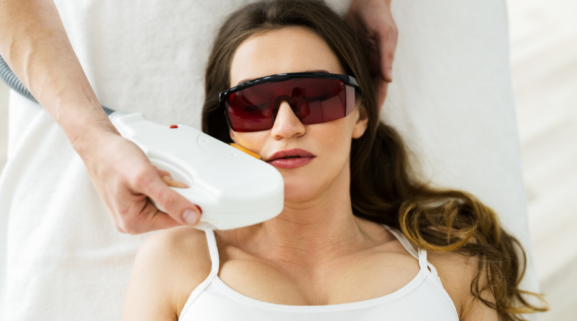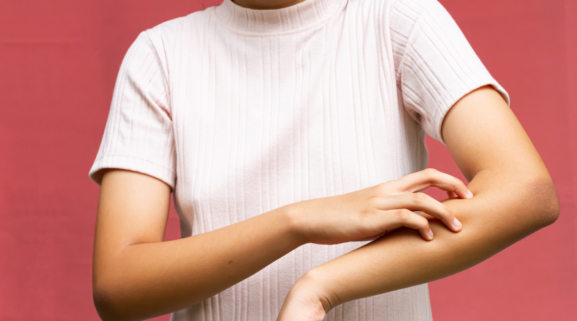What Are Allergic Skin Diseases?
What are allergic skin diseases?
Allergic skin diseases are a condition that occurs as a reaction of the immune system. It can manifest itself with many different symptoms and causes. Allergic skin diseases can be counted as atopic dermatitis, urticaria, allergen contact dermatitis, irritant contact dermatitis. They can be detected by patch test or Skin (prick) test.
The disease, known as atopic dermatitis, i.e. eczema, manifests itself with symptoms such as redness, flaking on the skin, and itching. It can be seen in a certain part of the body or in many areas by spreading to the general. Atopic dermatitis can be seen at any stage of life, but it is more common especially in childhood. It is not a contagious disease. It is a chronic, recurrent disease, so it may appear and recover in certain periods.
Urticaria, also known as hives, is an itchy and raised rash that appears on the skin as an allergic reaction. Hives, which can be observed in different sizes between 1 cm and 8 cm, may disappear in 20 minutes to 3 hours, and new hives may appear in another region. Urticaria is seen in two different types, acute and chronic. Acute urticaria lasts for a maximum of 6 weeks, while chronic urticaria recurs for more than 6 weeks. Chronic urticaria is more common in adults. The disease can usually be detected by physical examination. Some allergy tests are used to investigate the cause of the disease.
Contact dermatitis appears as redness, blistering and rashes on the skin due to many different factors such as cosmetics, cleaning materials, drugs, sun, and plants. Individuals with eczema are at higher risk of developing contact dermatitis. The rashes caused by these factors activating the immune system are called allergic contact dermatitis. An allergic response is seen on the skin 24-48 hours after contact. The most common cause is the skin contact of plants containing uriciol (nettle, ivy). Irritant contact dermatitis is a non-allergic disease. It is especially seen due to the irritation caused by substances such as detergents on the skin. Therefore, it is more common in the hands.
What are the symptoms and causes?
Allergic skin diseases may present with many symptoms such as skin redness, itching, swelling, scaling, rash, and blistering. These symptoms are due to the reactions of the immune system. It occurs as a result of the body reacting to foreign substances for various reasons and secreting a substance called histamine. There can be many substances and situations that trigger these reactions. Pollen, perfume, cosmetic products, dust, sunlight, drugs, latex, soap, detergent, foods and animals can be counted as allergic causes. Foods such as nuts, shellfish, eggs, and strawberries are more common allergens. Allergenic skin diseases can develop due to external factors or they can occur due to stress.
How does the treatment process progress?
Each allergic skin disease is evaluated together with its causes and the treatment path is determined. If the disease develops due to external factors such as dust, chemicals, animal hair, food, avoiding them will alleviate the situation. Whatever the cause of the disease must be eliminated. Since allergic responses arise from immune system reactions, immunosuppressant drugs can be helpful in treatment. It is very important to prevent further irritation of the problem area during the treatment process. For this reason, cotton clothes that do not irritate the skin should be preferred. Washing the itchy area with cold water can reduce the need for itching.
There is no known definitive treatment for eczema, but complaints can be reduced with drug supplements. The treatment plan is aimed at relieving the symptoms that bother the patient rather than eliminating the disease. In this process, you should not scratch the skin. Immunosuppressive systemic drugs or ointments containing corticosteroids may be preferred. Using anti-itch creams and moisturizers can relieve the patient. In cases where eczema progresses and infection occurs, it may be necessary to start antibiotic treatment. During the attack period, products such as eczema shampoos and eczema gloves can be used with the advice of a doctor.
Antihistamine drugs are preferred first in the treatment of hives. If there is no positive response from the patient, the dose of the drug can be increased and continued under the control of the doctor. It is administered by subcutaneous injection once a month in patients who do not get a positive response even though the maximum dose is reached. In the treatment of chronic hives in advanced stages, different methods such as histamine receptor blockers, immunosuppressant drugs, anti-inflammatory drugs can be used.
In the treatment of allergen contact dermatitis, the allergen is first detected. Because if it is protected from allergen substances, the disease does not occur. Ointments and pills containing corticosteroids can be used. Antihistamine drugs can be preferred locally or systemically in the treatment.
What should be considered after the treatment?
After eczema treatment, it is necessary to stay away from the factors that cause the disease. Since it is an incurable and periodically recurring disease, it is very important to prevent triggering factors. Moisturizing the skin, consuming enough water, strengthening the immune system can help protect from eczema. It is also important not to consume the food that causes allergies, to keep dusty items away, and to ventilate the environment frequently. Even if these measures do not protect from eczema, they will help the attack periods to pass mildly.
Since chronic hives can last for months, it can disturb the peace of the patient for a long time. It can disturb the person while sleeping at night or in daily life during the day. Symptoms can be alleviated by paying attention to a few details. For example, simple but very relaxing measures can be taken to protect the damaged skin, such as wearing loose clothing, using sunscreen, and applying anti-itch cream.
In general, in all allergic skin diseases, eliminating the underlying cause of the disease is the most important move. If the cause of the disease is a drug used, the use of the drug is completely stopped under the supervision of a doctor or the treatment is continued with an equivalent drug. If the thing that triggers the disease is a food, it is necessary to reset its consumption. If the detergent or chemicals used while cleaning at home warn the disease, it may be useful to wear gloves and a mask during cleaning. Another precaution that applies to all skin diseases is to keep the skin moist. Dry skin is more damaged, cracked and scratched. In order to prevent these negativities, it is necessary to moisturize the skin frequently and pay attention to the consumption of sufficient amount of water.



